Saber toothed tigers are an extinct species of cat characterized by their long, curved canine teeth. They also carry the names saber-toothed cats, saber-toothed tigers, or simply their genus name Smilodon.
While there were other similar large-canine cats, Smilodon had the longest teeth. There are three known species, S. fatalis, S. gracilis, and S. populator. Despite their popular name, these cats were not closely related to tigers at all. Read on to learn about the saber tooth tiger.
Description of the Saber Tooth Tiger
These creatures lived at the same time as the imposing woolly mammoth. However, unlike the mammoth, we have not found well-preserved saber tooth cat specimens. Though we cannot tell exactly what these cats looked like when they were alive, their fossils do leave us some clues.
The first and foremost feature has to be their long, curved teeth. Surprisingly, these long teeth were actually pretty fragile, and used only to deliver the killing bite. The rest of the cat’s body was formidable as well. They had long front limbs and a stout build to help take down their prey.
Interesting Facts About the Saber Tooth Tiger
Despite the notoriety of these felines, people have many misconceptions about them. Learn some interesting facts about these prehistoric cats below!
- Maneater – While we were hunting down mastodons, something else was hunting us as. It’s highly likely that saber tooth cats killed our human ancestors. In fact, one million-year-old specimen had a pair of holes in its skull, holes that just happen to fit the teeth of a saber tooth cat.
- Catty Competition – These cats were far from the top of the food chain. In most places, saber toothed cats competed with multiple other feline species. Some predators that competed with Smilodon for food were the American lion, pumas, lynx, and Miracinonyx.
- Open Maw – One of the most impressive features of Smilodon is the pair of massive canine teeth. While those teeth are impressive, another trait makes them even scarier. These cats could open their mouths up to 120º, for comparison, lions can only open their jaws to 60º wide!
- Less Impressive – Unlike lions, these cats could not actually exert that much pressure when biting. Scientists used a digitally reconstructed skull to test just how hard the saber tooth tiger could bite. The results of this study showed us that these cats have just a third the bite strength of modern-day lions.
Habitat of the Saber Tooth Tiger
These cats were widespread, and utilized many different types of habitats for survival. Scientists believe that saber toothed cats lived everywhere from savannahs to steppes, subtropical forests, woodlands, plains, mountains, and more. Different species had different habitat preferences, and some were more successful and widespread than others.
Distribution of the Saber Tooth Tiger
The different species of Smilodon lived throughout North, Central, and South America. Researchers found none of the three species higher than the temperate regions of North America. Both S. gracilis and S. fatalis inhabited North, Central, and South America. The third, and largest species, S populator, lived only in South America.
Diet of the Saber Tooth Tiger
While they may not have sat upon the top of the food chain, these cats were no joke. Their primary prey was large hoofed mammals. Scientists primarily use two different methods to determine what these cats ate.
First, they can observe fossils of prey species and match the bite pattern of the cats. Second, they study the isotopes preserved in the cat’s bones and teeth to determine their diet. Using these methods, some prey from various locations across the Americas includes the massive ancient bison, prehistoric camels, peccaries, the armadillo-like glyptodonts, and more.
Saber Tooth Tiger and Human Interaction
These felines likely killed and possibly ate humans. The presence of large predators and prey likely led to increased socialization in early humans, and very likely shaped humans’ diurnal lifestyle.
Domestication
Humans never domesticated these cats in any way.
Does the Saber Tooth Tiger Make a Good Pet
Even if they were alive today, owning a saber toothed cat as a pet would not be advisable. All three species were large, dangerous felines. They would be more than capable of delivering a killing bite. Stick to domesticated cats instead!
Saber Tooth Tiger Care
In a zoological setting, these cats would likely require care similar to other cats around their size. The smallest of the three was approximately jaguar sized, and the largest was about the size of a lion.
Choosing a well-secured enclosure that provides plenty of space for exercise and climbing, is essential. As with all big cats, they would also need a variety of environmental enrichment. Finally, their diet would likely be similar to that of lions, tigers, and other big cats.
Behavior of the Saber Tooth Tiger
The social behavior of these cats is a highly debated conversation. There are a number of theories that suggest these cats lived in groups. Because researchers found them in great numbers in the La Brea Tar Pits, they posit that distress calls of potential prey attracted them to the area.
Distress calls attract modern-day predators to hunt in groups. Finally, archaeologists have found fossils of multiple individuals in close proximity to one another. This also suggests that they might have lived in groups.
Reproduction of the Saber Tooth Tiger
Fossils provide lots of mysteries to scientists, and the exact methods of reproduction are definitely one of them. While we don’t know how these cats mated, how long their gestation period was, or how many kittens they had on average, we do know some information about their development.
Young cats did not develop their adult-sized canine teeth until they were three years old. This suggests that, while their teeth were developing and fragile, they relied heavily on their parents or pride to feed and protect them.

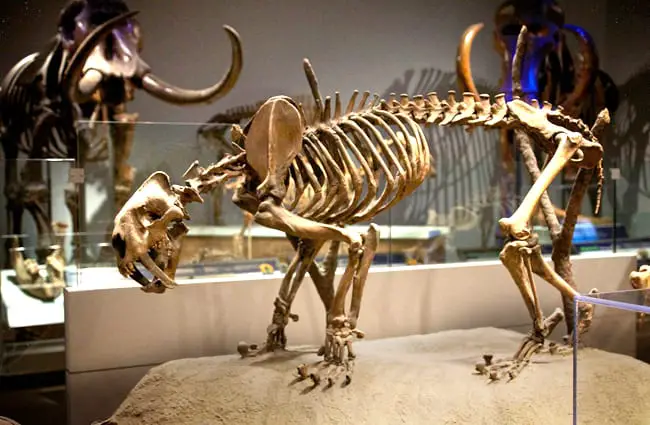

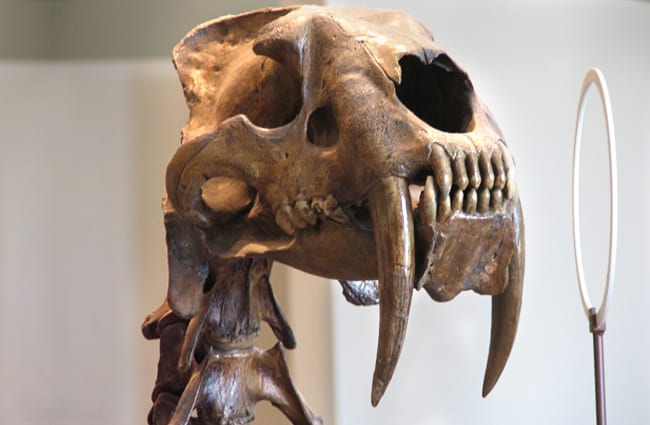
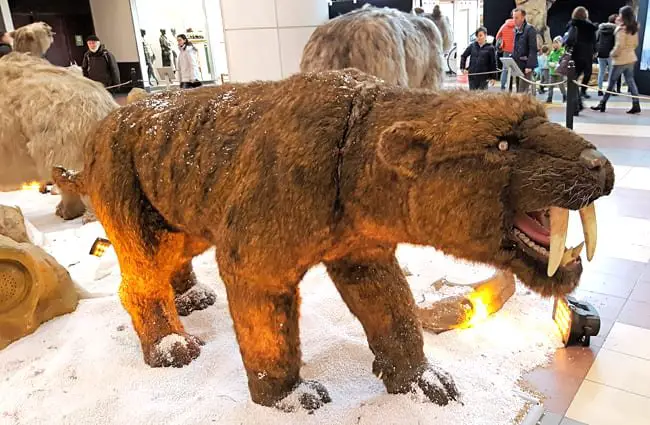
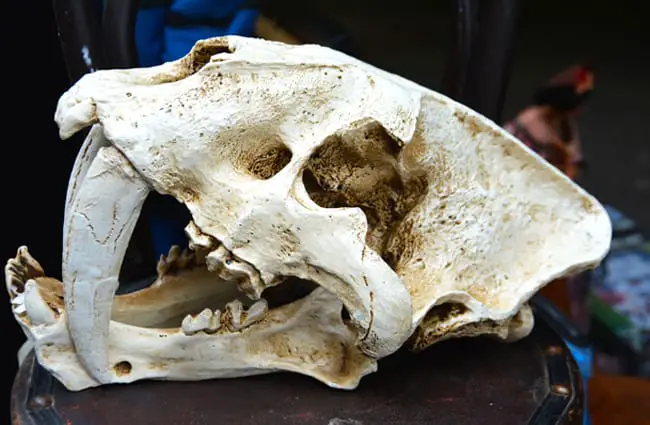

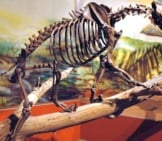
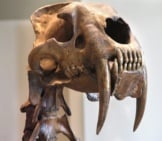

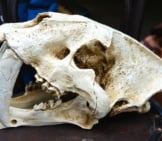
![Red Angus Closeup of a beautiful Red Angus cowPhoto by: U.S. Department of Agriculture [pubic domain]https://creativecommons.org/licenses/by/2.0/](https://animals.net/wp-content/uploads/2020/03/Red-Angus-4-238x178.jpg)












![Red Angus Closeup of a beautiful Red Angus cowPhoto by: U.S. Department of Agriculture [pubic domain]https://creativecommons.org/licenses/by/2.0/](https://animals.net/wp-content/uploads/2020/03/Red-Angus-4-100x75.jpg)

